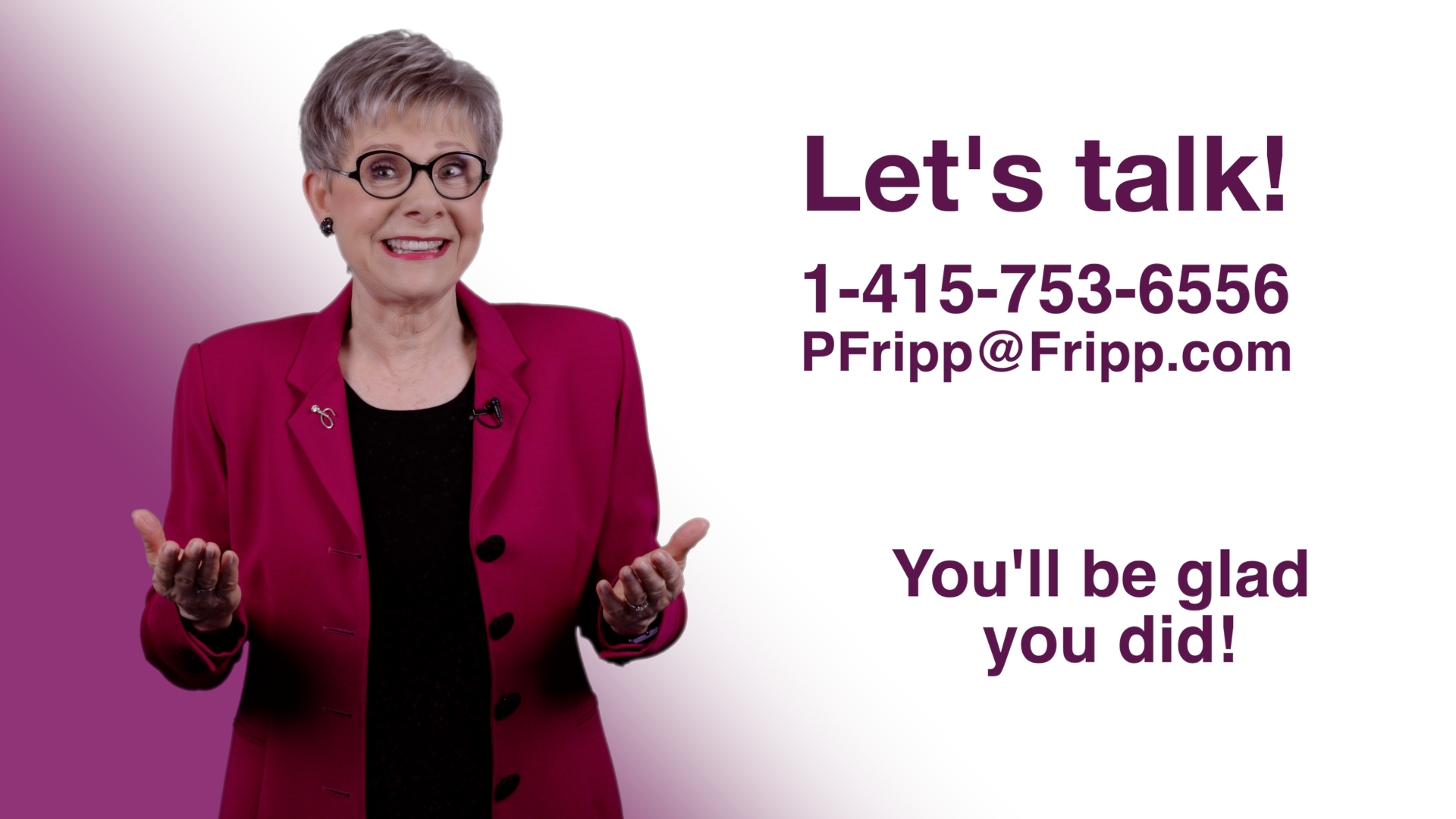When you give a speech and use a reference from the past, do you research it?
For instance, one of my executive coaching clients asked for help with his Father of the Bride speech. He wanted to use the phrase tying the knot. I asked, “Do you know the historical reference?” We researched it and included it in his speech. Who said you couldn’t get more competent at a wedding?
Tying the Knot:

The phrase tying the knot is thought to have originated from the ancient Celtic handfasting ceremony, dating back to 7000 B.C. During the ceremony, an officiant would tie the couple’s hands with a ribbon or cord, symbolizing their marriage being bound for life. This tradition was performed long before weddings became a legal function of governments or formal religions in the early 1500s.
In the Middle Ages, handfasting was part of the engagement period, and some historians believe that in the 18th century, it served as a trial marriage lasting a year and a day. During this period, the couple would live together and decide whether to make their marriage official or part ways. This would not have been accepted in Victorian Britain!
Here’s another example: One of my clients was preparing a keynote and wanted to use the phrase burning the midnight oil. Again, I asked, “Do you know where that comes from?” Together, we discovered it dates back to when oil lamps were used, perfectly illustrating the dedication and hard work he wanted to convey in his speech.
Bite the Bullet:
One client wanted to use bite the bullet in his motivational speech. We discovered it originated from battlefield surgeries where patients would bite on a bullet to endure pain. He included this in his speech to add a vivid historical reference that made his point about enduring hardship more compelling.
Break the Ice:
A sales team I coached wanted to break the ice with potential clients. We learned this phrase comes from ships breaking ice to create pathways in frozen waters, which helped them build a narrative around navigating and overcoming initial barriers in conversations.
Show Your True Colors:
One of my executive clients, who was preparing for a team-building workshop, wanted to discuss authenticity and showing your true colours. We traced this back to naval warfare, when ships would reveal their true flags before the battle. This historical touch added depth to his message about honesty and transparency.
Would these historical nuggets make your speeches richer and more engaging? At the very least, research in case an audience member asks, “Where does that come from?”
When your message must be memorable, your presentation powerful, and your sales successful, I’m here to help.
What is the history of some of your favorite phrases?
“I wanted a Super Bowl quality coach. Patricia Fripp’s help in coaching and scripting was world-class. With Fripp on your team, you can go places.” Don Yaeger, Long-Time Associate Editor for Sports

